June 2017
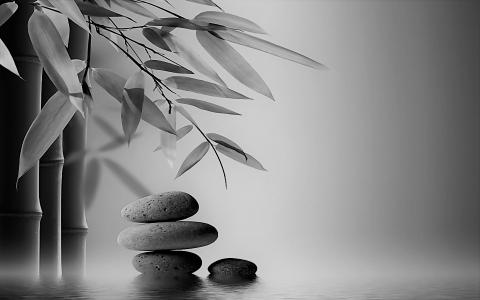
अत्तुमम्ब तव पाकमद्भुतंवाञ्छितं स्म करपञ्चकं मम ।अश्म-केश-तृणशोधनाय य-त्ताडनार्थमुदरास्ययोरपि ॥
Dvyaṅguḻi Śrīnivāsacārya was a Sanskrit scholar who lived in the province of Mysore in the early decades of the 20th century. He was known for his strange mannerisms. He had lost all the fingers on his hands except two and had earned the nickname ‘Dvyaṅguḻi’—dvi+aṅguḻi=two fingers—and it stayed as a prefix to his real name. His scholarship was only...
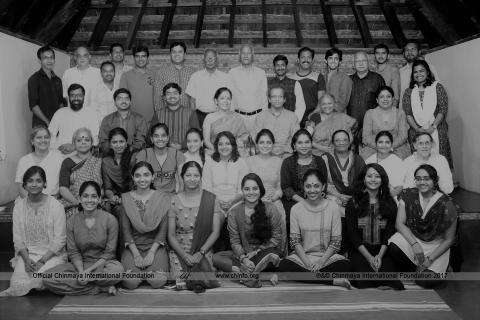
Day 10, Session 1: Round Up
Shatavadhani Dr. R. Ganesh
The great seer-poets – Vyasa, Valmiki, and Kalidasa – have a great emotional connect with the readers. The fear of getting lost, the fear of being unrecognized – these melt away upon reading these classics. We have the great solace of agreement and enjoyment. This gives us belongingness without burden and thus we develop a joyful indebtedness towards them. Dr. Ganesh reminded the...
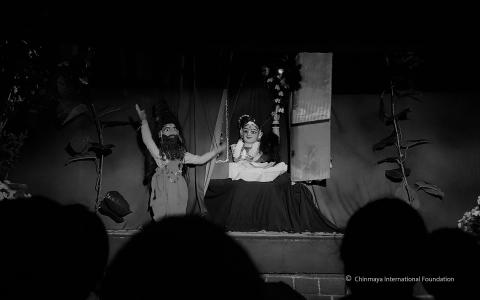
The day started off with a Sanskrit appreciation session by Arjun Bharadwaj and ended with a wonderful puppet show based on the fourth act of Shaakuntalam, by Smt. Anupama Hosakere and team.
Day 9, Session 1: Puppetry
Anupama Hosakere
A renowned puppeteer and innovator, Smt. Anupama Hosakere has single-handedly revived some of the puppet traditions in Karnataka. She started off by discussing the thin line that separates a puppet from something...
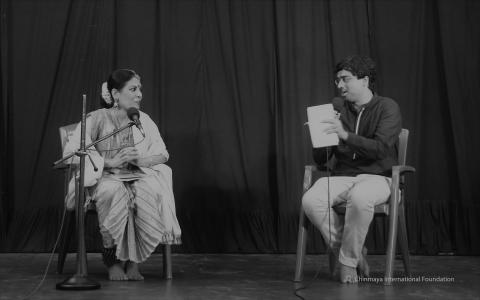
The day began with Shashi Kiran's session on appreciating Sanskrit through subhashitas and ended with a wonderful dance performance by Ramaa Bharadvaj titled Mitra, which dealt with the friendship between Krishna and Sudhama. This was followed by a creative appreciation of the dance with the artist having a discussion with Arjun Bharadwaj.
Day 8, Session 1: Mahabharata
Shatavadhani Dr. R Ganesh
Dr. Ganesh started his session by speaking about...
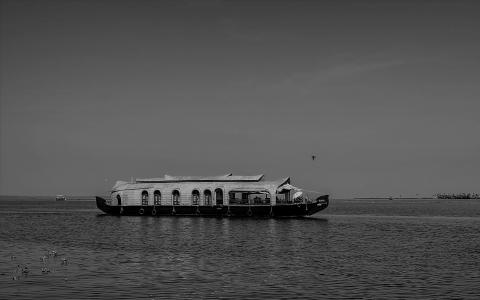
Day 7
The day began with a trip to Fort Kochi, followed by a visit to the Paradesi Synagogue, the oldest active synagogue in India, which was built in the 16th century. After some shopping on Jew’s street, the participants visited Hill Palace in Tripunithura, which is the largest archeological museum in Kerala. At one point, it was the official palace of the Cochin maharajas. It was built in the middle of the 19th century. After a traditional...
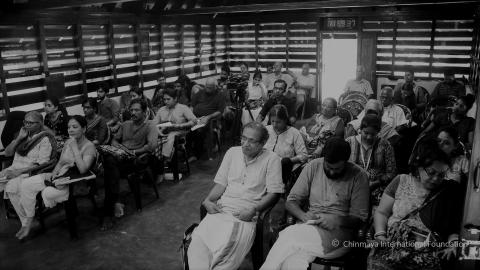
Arjun Bharadwaj started off the day’s proceeding with the fourth session of kavya-samskrtam, which has been a regular morning activity of the summer school. In this session, Shashi and Arjun have helping understand and appreciate the beauty of a few Sanskrit verses. In today’s session, Arjun covered five verses from Lilashuka’s Krishnakarnamrtam. While explaining the nuances of the verse with respect to grammar, prosody, etc. he also brought out...
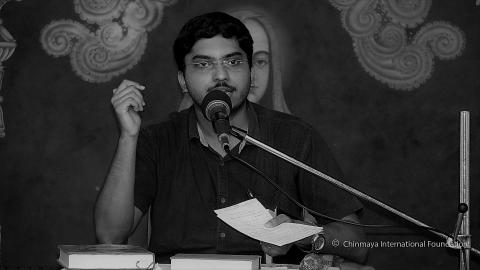
Day 5, Session 1: Meghadutam
Shatavadhani Dr. R Ganesh
Kalidasa cannot be compared with anyone – he is totally unique, totally Indian. He is the ideal poet – one who observes keenly both the outer and inner worlds. He is like a scientist, a naturalist, and a businessman the way he astutely sees the external world. He is like a seer, a philosopher, and a scholar the way he calmly regards the internal world. By observing the world outside, we get...
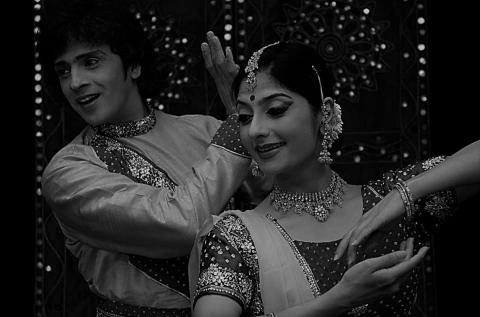
Day 4, Session 1
Shatavadhani Dr. R Ganesh and Dr. Nagavalli Nagaraj
Dr. Ganesh started out by mentioning about the all-pervading influence of Vyasa, Valmiki, and Kalidasa on all aspects of Indian life and culture. While the story of the Ramayana moves in a longitudinal manner, from North to South and back to the North, the story of the Mahabharata moves in a latitudinal manner, from East to the West. Thus in the movements of Rama and Krishna,...
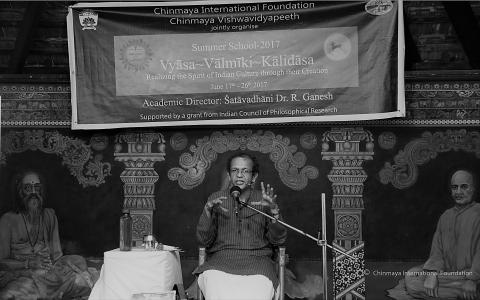
Day 3 started on a bright note with Dr. Ganesh speaking about the beautiful qualities of the two great epics as well as Kalidasa's creation, followed by Shashi Kiran's wonderful presentation of the seven sections of the Ramayana. The post-lunch session had a riveting presentation on Kalidasa's Kumarasambhavam by Arjun Bharadwaj and a wonderful audio-visual presentation by Nirupama Rajendra about the dance ballets produced by Abhinava Dance...
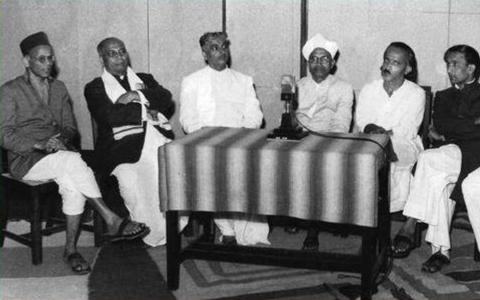
In its history of more than a thousand years, Kannada literature’s most recent golden age came in the 20th century with the advent of the Navodaya movement, which can be called as the ‘Kannada literary renaissance.’ Many of the poets and writers of this era were polyglots and they drew from the rich cultural streams of regional language writings, thus adding to the perennial river of Indian literature.
The influence of Bengali language and...
